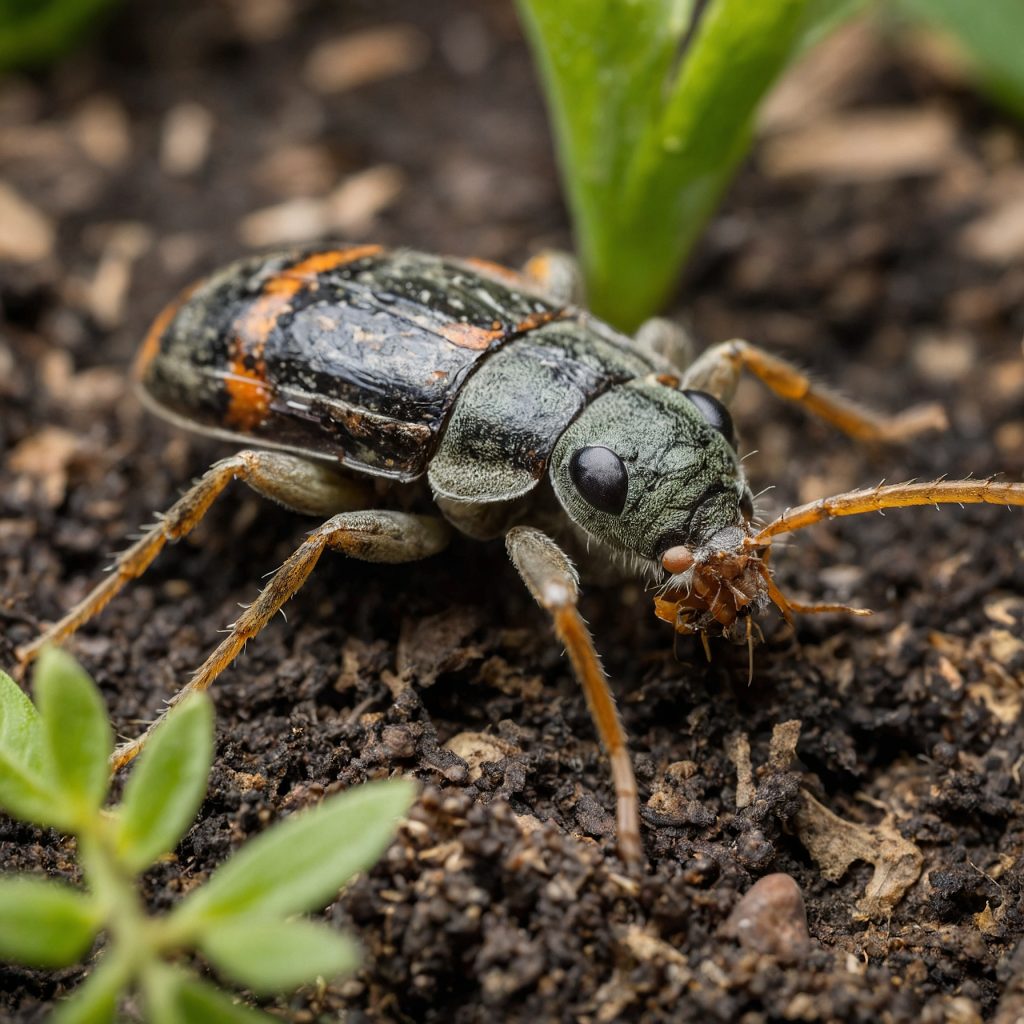The Most Common Garden Pests in the Pacific Northwest
Gardening in the Pacific Northwest, with its temperate climate and lush, green landscapes, can be a rewarding endeavor. However, the region’s unique weather conditions also make it a haven for various garden pests. Understanding these common pests and how to manage them is essential for maintaining a healthy garden. Here’s a guide to some of the most prevalent garden pests in the Pacific Northwest and tips for dealing with them.
Slugs and Snails
Description:
Slugs and snails are perhaps the most notorious garden pests in the Pacific Northwest. These mollusks thrive in the damp, cool climate and can wreak havoc on a variety of plants by feeding on leaves, stems, and roots.
Signs of Infestation:
– Irregular holes in leaves and flowers
– Shiny, slimy trails on the ground, plants, and walls
– Damaged seedlings and young plants
Control Measures:
– Handpicking: Collecting slugs and snails by hand, especially in the evening or early morning.
– Traps: Setting up beer traps or using commercial slug traps.
– Barriers: Copper tape or diatomaceous earth can deter these pests.
– Natural Predators: Encouraging birds, frogs, and ground beetles which feed on slugs and snails.
Aphids
Description:
Aphids are small, sap-sucking insects that can infest a wide range of plants. They reproduce quickly and can cause significant damage by transmitting plant diseases and causing leaves to curl and yellow.
Signs of Infestation:
– Sticky honeydew on leaves and stems
– Presence of ants farming aphids
– Deformed or yellowing leaves
Control Measures:
– Water Spray: A strong jet of water can dislodge aphids from plants.
– Neem Oil: Organic neem oil can repel and kill aphids.
– Beneficial Insects: Introducing ladybugs and lacewings, which are natural predators of aphids.
– Insecticidal Soap: Applying insecticidal soap to affected plants.
Spider Mites
Description:
Spider mites are tiny arachnids that thrive in hot, dry conditions. They can cause significant damage by sucking sap from plant cells, leading to stippled, discolored leaves, and in severe cases, plant death.
Signs of Infestation:
– Fine webbing on the underside of leaves
– Tiny, discolored spots on leaves
– Leaf drop and plant stunting
Control Measures:
– Watering: Increasing humidity and regularly watering plants.
– Insecticidal Soap: Applying insecticidal soap or miticides.
– Predatory Mites: Introducing predatory mites to control spider mite populations.
– Regular Monitoring: Regularly inspecting plants for early signs of spider mites.
Cabbage Worms
Description:
Cabbage worms, the larvae of cabbage white butterflies, are common in the Pacific Northwest. These green caterpillars feed voraciously on cruciferous vegetables like cabbage, broccoli, and kale.
Signs of Infestation:
– Holes in leaves
– Presence of green caterpillars on plants
– Frass (caterpillar droppings) on leaves
Control Measures:
– Handpicking: Removing caterpillars by hand.
– Row Covers: Using row covers to prevent butterflies from laying eggs on plants.
– Bacillus thuringiensis (Bt): Applying Bt, a natural bacterial pesticide, to control caterpillars.
– Crop Rotation: Rotating crops to prevent buildup of pests.
Root Weevils
Description:
Root weevils are beetles whose larvae feed on plant roots, while adults chew notches in leaves. They can cause significant damage, especially to ornamental plants and shrubs.
Signs of Infestation:
– Notched leaf edges
– Wilting or stunted growth
– Presence of adult weevils on plants
Control Measures:
– Beneficial Nematodes: Applying nematodes to soil to target larvae.
– Sticky Traps: Using sticky traps to catch adult weevils.
– Barriers: Installing barriers around plants to prevent weevil access.
– Regular Monitoring: Inspecting plants regularly for signs of weevils.
Conclusion
Managing garden pests in the Pacific Northwest requires vigilance, proper identification, and a combination of control methods. By understanding the common pests in the region and implementing integrated pest management strategies, gardeners can protect their plants and enjoy a healthy, thriving garden. Whether it’s handpicking slugs at dawn or introducing beneficial insects to combat aphids, proactive measures will help keep these pests at bay and ensure the beauty and productivity of your garden.
